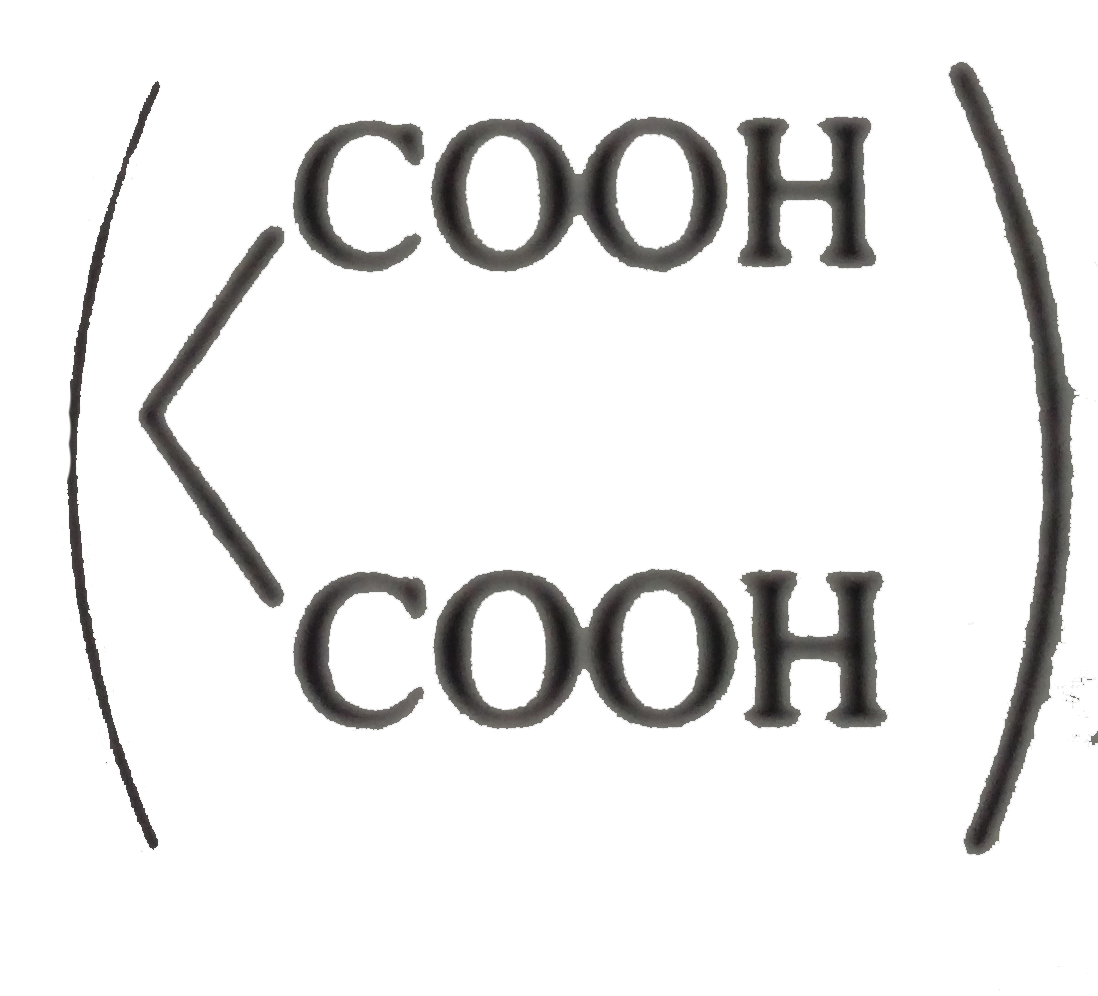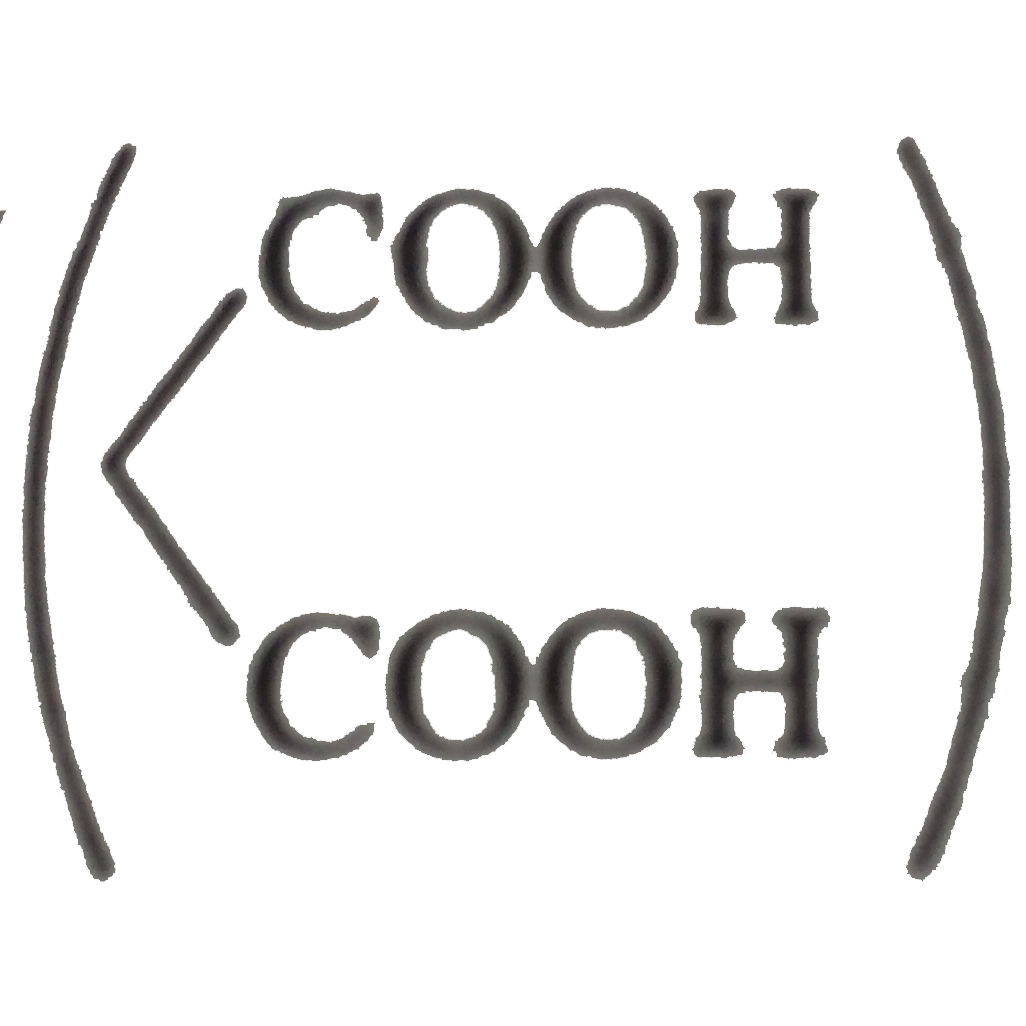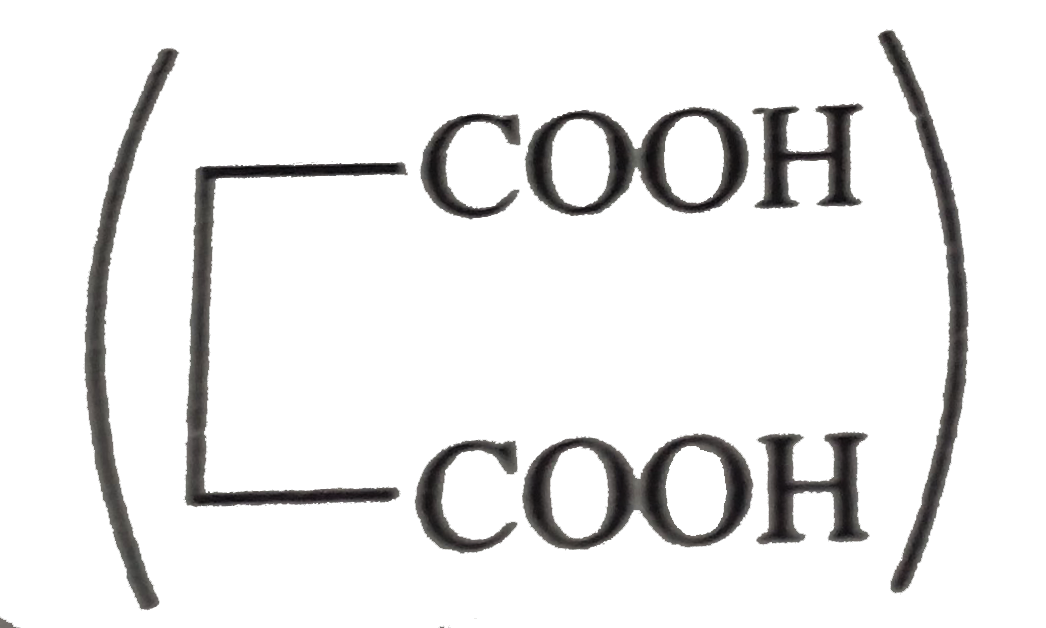Represent hydrogen bonding between two molecular of (i) acetic acid (CH3COOH) (ii) acetamide
(CH3CONH2).
To represent hydrogen bonding between two molecules of (i) acetic acid (CH₃COOH) and (ii) acetamide (CH₃CONH₂), we can follow these steps:
Step 1: Understand the Structure of Acetic Acid
Acetic acid has the molecular formula CH₃COOH. The structure can be represented as follows:
- The carbon atom is bonded to three hydrogen atoms (from the CH₃ group).
- The carbon atom is also bonded to a hydroxyl group (−OH).
Step 2: Identify the Hydrogen Bonding in Acetic Acid
In acetic acid, the oxygen atom in the hydroxyl group has a partial negative charge (δ-) and the hydrogen atom attached to this oxygen has a partial positive charge (δ+). This allows for hydrogen bonding between two acetic acid molecules:
- The oxygen atom (O) of one acetic acid molecule can form a hydrogen bond with the hydrogen atom (H) of the hydroxyl group of another acetic acid molecule.
Step 3: Draw the Hydrogen Bonding in Acetic Acid
The hydrogen bond can be represented as:
OH∣∣∣∣∣∣CH₃−C−O−−−H∣∣∣∣HO∣∣∣CH₃
Here, the dashed line (---) represents the hydrogen bond between the oxygen of one molecule and the hydrogen of another.
Step 4: Understand the Structure of Acetamide
Acetamide has the molecular formula CH₃CONH₂. The structure can be represented as follows:
- The carbon atom is bonded to three hydrogen atoms (from the CH₃ group).
- The carbon atom is also bonded to a nitrogen atom (N) which is further bonded to two hydrogen atoms (H).
Step 5: Identify the Hydrogen Bonding in Acetamide
In acetamide, the oxygen atom (from the carbonyl group C=O) has a partial negative charge (δ-) and the hydrogen atoms attached to the nitrogen have partial positive charges (δ+). This allows for hydrogen bonding between two acetamide molecules:
- The nitrogen atom (N) of one acetamide molecule can form a hydrogen bond with the oxygen atom (O) of the carbonyl group of another acetamide molecule.
Step 6: Draw the Hydrogen Bonding in Acetamide
The hydrogen bond can be represented as:
HO∣||H−N−−−H−−−C||HCH₃
Here, the dashed line (---) represents the hydrogen bond between the nitrogen of one molecule and the oxygen of another.
Summary of Hydrogen Bonding
- In acetic acid, hydrogen bonding occurs between the hydroxyl group of one molecule and the oxygen of another.
- In acetamide, hydrogen bonding occurs between the nitrogen of one molecule and the oxygen of another.
Acetic acid has the molecular formula CH₃COOH. The structure can be represented as follows:
- The carbon atom is bonded to three hydrogen atoms (from the CH₃ group).
- The carbon atom is also bonded to a hydroxyl group (−OH).
In acetic acid, the oxygen atom in the hydroxyl group has a partial negative charge (δ-) and the hydrogen atom attached to this oxygen has a partial positive charge (δ+). This allows for hydrogen bonding between two acetic acid molecules:
- The oxygen atom (O) of one acetic acid molecule can form a hydrogen bond with the hydrogen atom (H) of the hydroxyl group of another acetic acid molecule.
The hydrogen bond can be represented as:
OH∣∣∣∣∣∣CH₃−C−O−−−H∣∣∣∣HO∣∣∣CH₃
Here, the dashed line (---) represents the hydrogen bond between the oxygen of one molecule and the hydrogen of another.
Acetamide has the molecular formula CH₃CONH₂. The structure can be represented as follows:
- The carbon atom is bonded to three hydrogen atoms (from the CH₃ group).
- The carbon atom is also bonded to a nitrogen atom (N) which is further bonded to two hydrogen atoms (H).
In acetamide, the oxygen atom (from the carbonyl group C=O) has a partial negative charge (δ-) and the hydrogen atoms attached to the nitrogen have partial positive charges (δ+). This allows for hydrogen bonding between two acetamide molecules:
- The nitrogen atom (N) of one acetamide molecule can form a hydrogen bond with the oxygen atom (O) of the carbonyl group of another acetamide molecule.
The hydrogen bond can be represented as:
HO∣||H−N−−−H−−−C||HCH₃
Here, the dashed line (---) represents the hydrogen bond between the nitrogen of one molecule and the oxygen of another.
- In acetic acid, hydrogen bonding occurs between the hydroxyl group of one molecule and the oxygen of another.
- In acetamide, hydrogen bonding occurs between the nitrogen of one molecule and the oxygen of another.
Topper's Solved these Questions
- CHEMICAL BONDING AND MOLECULAR STRUCTUREBOOK - PRADEEPCHAPTER - CHEMICAL BONDING AND MOLECULAR STRUCTUREEXERCISE - ADDITIONAL QUESTIONS (SHORT ANSWER QUESTIONS)
62 Videos
- CHEMICAL BONDING AND MOLECULAR STRUCTUREBOOK - PRADEEPCHAPTER - CHEMICAL BONDING AND MOLECULAR STRUCTUREEXERCISE - ADDITIONAL QUESTIONS (LONG ANSWER QUESTIONS)
13 Videos
- CHEMICAL BONDING AND MOLECULAR STRUCTUREBOOK - PRADEEPCHAPTER - CHEMICAL BONDING AND MOLECULAR STRUCTUREEXERCISE - NCERT EXAMPLAR PROBLEMS ( MULTIPLE CHOICE QUESTIONS BASED ON THE GIVEN COMPREHENSION )
4 Videos
- APPENDIXBOOK - PRADEEPCHAPTER - APPENDIXEXERCISE - MODEL TEST PAPER <br> (Section C )
9 Videos
- CLASSIFICATION OF ELEMENTS AND PERIODICITY IN PROPERTIES BOOK - PRADEEPCHAPTER - CLASSIFICATION OF ELEMENTS AND PERIODICITY IN PROPERTIES EXERCISE - Competition Focus (Jee Main and Advanced / Medical Entrance ) ( Assertion - Reason Type Question ) (Type II)
12 Videos
Similar Questions
Knowledge Check
Which of the following is the empirical formula of acetic acid (CH3COOH)?
AC6H12O2BC3H6O3CCH2ODCHOThe following equilibrium is established when hydrogen chloride is dissolved in acetic acid HCl(aq)+CH3COOH(aq)⇔Cl−(aq)+CH3COOH+2(aq)
The set that characterises the conjugate acid-base pairs is :A(HCl,CH3COOH) and (CH2COOH+2,Cl−)B(HCl,CH3COOH+2) and (CH3COOH,Cl−)C(CH3COOH+2,HCl) and (Cl−,CH3COOH)D(HCl,Cl−) and (CH3COOH+2,CH2COOH)The following equilibrium is established when hydrogen chloride is dissolved in acetic acid. HCl+CH2COOH⇔CI−+CH3COOH+2 The set that characterises the conjugate acid-base pair is
A(HCI,CH3COOH)and(CH3COOH+2,CI−)B(HCI,CH3COOH+2)and(CH3COOH,CI−)C{CH3COOH+2,HCI)and(CI−,cH3COOH)D(HCI,CI−)and(CH3COOH+2,CH3COOH+2,CH3COOH)
Differentiate between the following :
(a) (I) Propanoic acid (C2H5COOH) and (II) acrylic acid (CH2=CH−COOH).
(b) (I)2−Bromo propanoic acid (CH3CHBeCOOH) and (II) pyruvic acid (MeCOCOOH)
( c) (I)2−Chloro-propanoic acid and (II) propanoic acid
(d) (I) Formic acid (HCOOH) and (II) acetic acid (MeCOOH).
(e) (I) Malonic acid and (II) oxalic acid ((COOH)2).
and (II) oxalic acid ((COOH)2).
(f) (I) Malonic acid and (II) succinic acid
and (II) succinic acid 
(g) (I)n-Butanolm (II) butanal, (III) dimethyl ether, (IV) butanoic acid, (V) butane.
View SolutionFind the type of hybridization of each carbon in the following molecules.
(i) CH3F , (ii) CH3CHO
(iii) CH3CH2CN , (iv) CH3CONH2
(v) CH3C≡CCH3 , (vi) CH3CH≡CH2
Strategy: Carbon atom forming four sigma bonds but no pi bond is always sp3 htbridized, carbon atom forming three sigma bonds and one pi bond is always sp2 hybridized, and carbon atom forming two sigma bonds and two pi bonds is always sp hybridized.
View SolutionThe correct order of decreasing boiling points of CH3CONH2(A),CH3COCl (B), CH3COOH (C ) and (CH3CO)2O (D ) is
View SolutionThe correct order of acidic strength of the following is
(I) Oxalic acid HOOC−COOH
(II) Malonic acid
HOOC−CH2−COOH
(III) Succinic acid
HOOC−(CH2)2−COOH
(IV) Glutaric acid
HOOC−(CH2)3−COOH
View SolutionThe following equilibrium is established when hydrogen chloride is dissolved in acetic acid HCl(aq)+CH3COOH(aq)⇔Cl−(aq)+CH3COOH+2(aq)
The set that characterises the conjugate acid-base pairs is :
View Solution
